Get To Know Chouteau County

One of Montana’s nine original counties, Chouteau County came into existence on February 2nd, 1865. From the beginning, Fort Benton has been the County Seat, and the historic County Court House is the second oldest building in the state to still serve that function.
In the years since, eight other counties were formed with land taken, at least in part, from Chouteau County. Today, the county covers 3,973 square miles, making it the 10th largest county in the state. The 2020 US Census counted 5,898 residents which places the county as 34th of Montana’s 56 counties. The county number on license plates is 19.
The County takes its name from a prominent fur-trading family, originally from New Orleans, who settled in St. Louis. William Clark first met the Chouteau family in the late 1700s, when St. Louis was the capital of Spanish Louisiana. With the purchase of Louisiana, and the subsequent establishment of the Corps of Discovery, the Chouteau family was instrumental in helping both provision the explorers and guide their journey up the Missouri River. Over the next half century, the Chouteau name showed up in numerous locations around the West. Pierre Chouteau founded not only Fort Benton, named for Missouri Senator Thomas Hart Benton, but also Fort Pierre in South Dakota—and by extension Pierre, the capitol of that state. The family name also shows up on Chouteau Island in the Mississippi River, the town of Chouteau, Oklahoma, and Choteau, Montana, the seat of Teton County. And yes, the town’s name is spelled differently than the county’s.
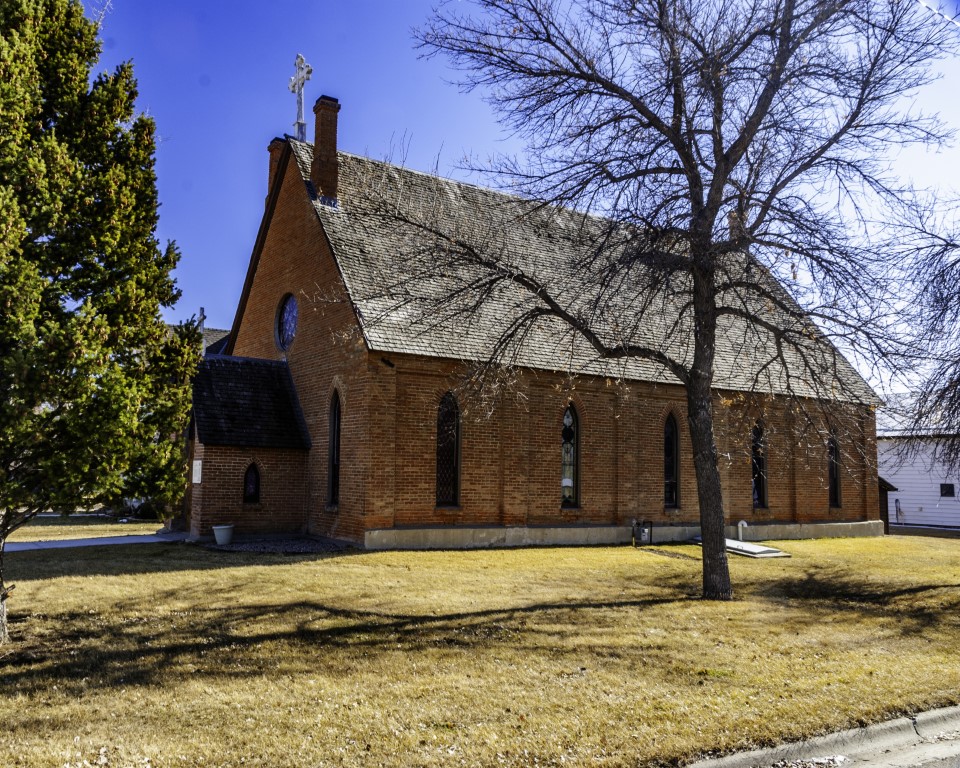
Two Montana towns claim to be “Where Montana Began.” Both Stevensville in Ravalli County and Fort Benton trace their origins to the 1840s, long before any other Montana community. It’s important to remember, however, that at that time, there was no entity known as Montana. The Continental Divide separated the Louisiana Purchase from Oregon Country, and while Louisiana was firmly within the borders of the United States, Oregon was disputed land, claimed by both the U.S. and Great Britain. In 1841, when Father DeSmet founded St Mary’s Mission and John Owen built Fort Owen, they were both in Oregon Country, but years before the creation of Oregon Territory. Similarly, when Pierre Chouteau built Fort Benton in 1847, he built in unorganized territory that became Nebraska only in 1854. Dakota Territory was split off Nebraska in 1861, then Idaho Territory united both sides of the Divide in 1863, and Montana Territory gave us the boundaries we now recognize in 1864. By that time, Fort Benton was a thriving community, located as far upstream on the Missouri as it was possible to navigate. For an excellent description of early day Fort Benton, I recommend Doug Stevens’ excellent article “Fort Benton: A Town Born of the River” in the Summer 2023 issue of Distinctly Montana Magazine.
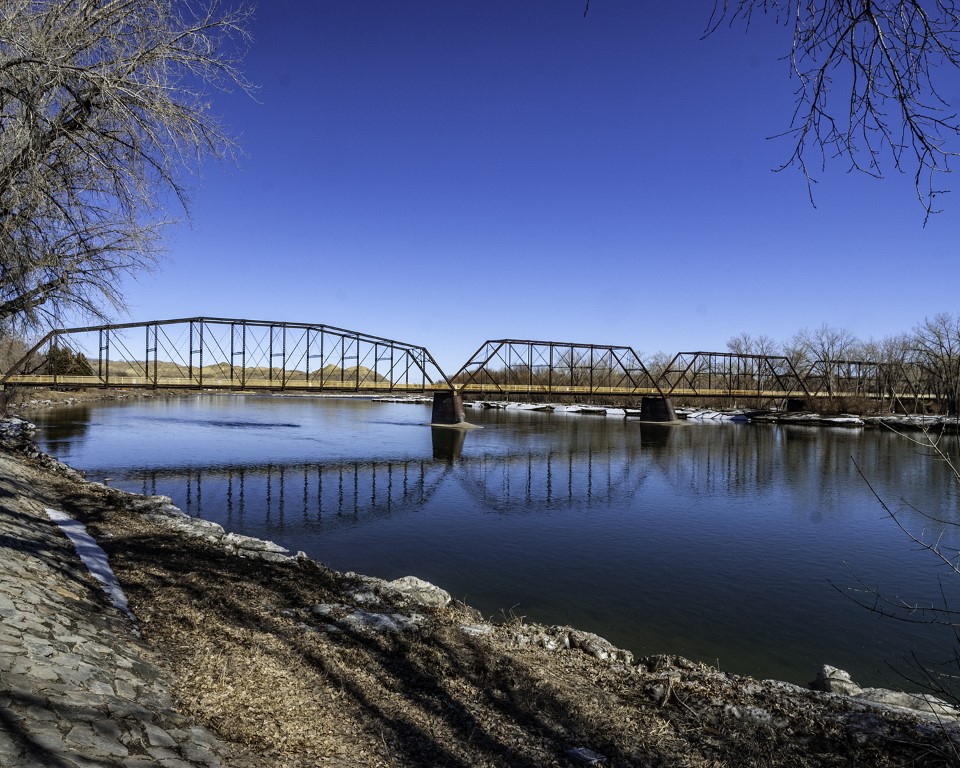
The 1880 US Census counted 1,618 residents in Fort Benton, a number that dropped precipitously over the next ten years, then grew gradually to a high of 1,887 in 1960.
Since then, the town’s population has declined with each succeeding census until the 2020 Census counted 1,449 folk living in the town. The town has made the most of its history, and anyone interested in Montana’s past can easily spend days on a visit. The town is considered a National Historic Landmark and the National Register of Historic Places has 10 listings in town, plus another eleven scattered around the county.
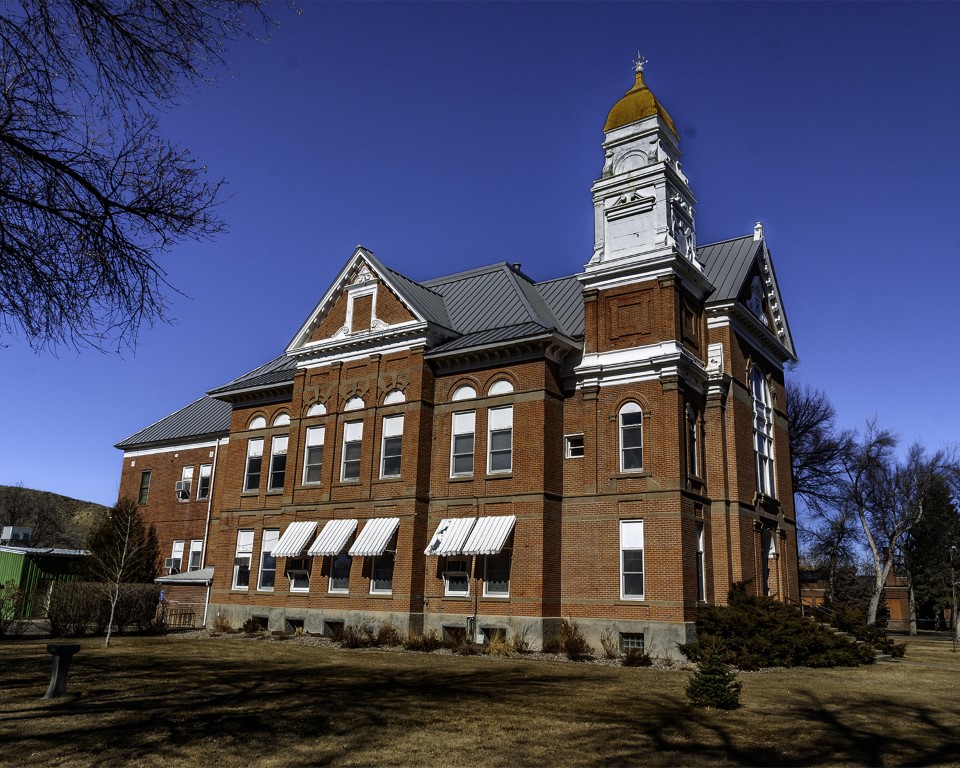
Of special note is the Chouteau County Court House. Built in 1883, to replace the original court house destroyed by fire that year, today the building is the second oldest court house still serving that function in the state of Montana. Only the Madison County Court House in Virginia City is older. St. Paul’s Episcopal Church is the oldest church of that denomination in Montana, and the Grand Union Hotel, completed in 1882 still serves travelers visiting the town—although today’s guests most likely did not arrive by water. All three are on the National Register, as is the Fort Benton Bridge across the Missouri, the old fire Engine House, the Masonic Building, and indeed, most of downtown.
Visitors should stop by the Museum of the Northern Great Plains and the Missouri Breaks National Monument Interpretive Center. The latter has a mosaic laid into the entrance way sidewalk showing the Missouri River and the distances from Fort Benton to Walla Walla via the Mullan Road (610 miles), Helena via the Helena Wagon Road (140 miles), St. Louis (2,285 miles), among other historic roads leading to or away from the town.
A walk north from the Center will take you past the Lewis and Clark Botanical Gardens, monuments to the Cow Island Incident (an abortive effort to stop Chief Joseph and his band of Nez Perce/NiMiiPuu), Acting Governor Thomas Francis Meagher (who fell overboard and disappeared near Fort Benton), actor George Montgomery, Captain John Mullan (who was charged with building an overland road between Fort Benton and Fort Walla Walla), The Lewis and Clark Memorial, and the Keelboat Mandan, to name a few.
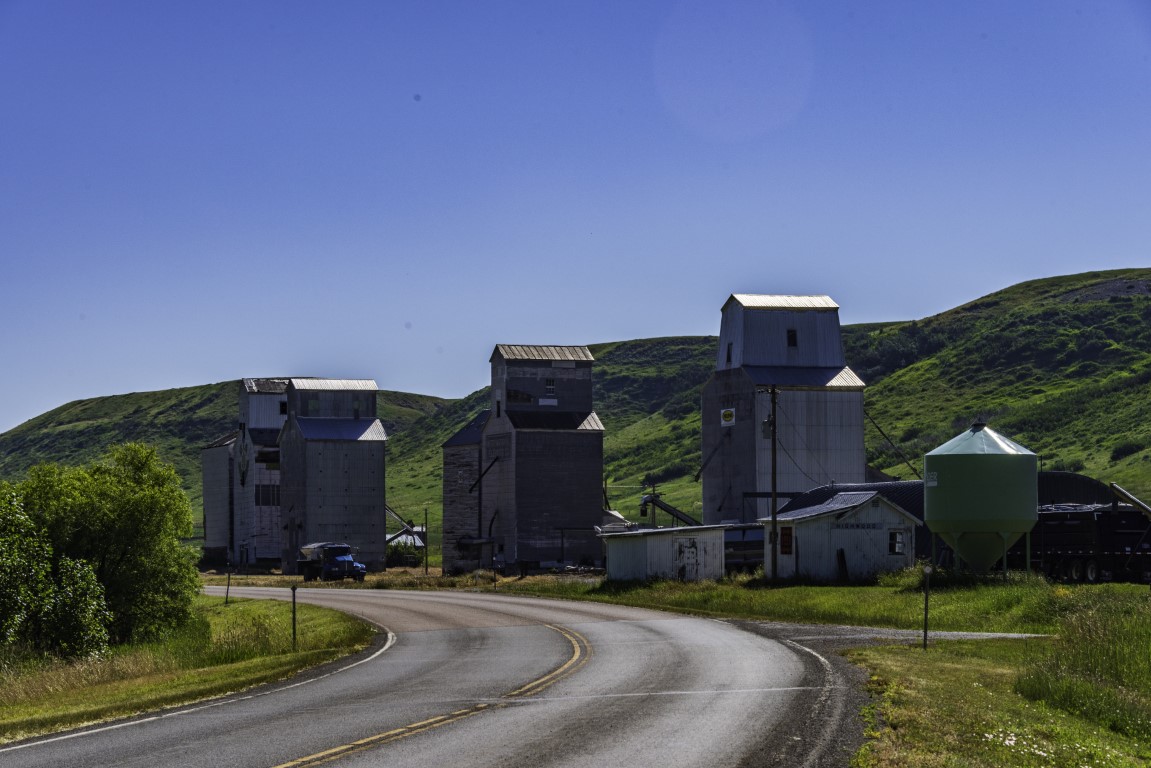
Aside from Fort Benton, several smaller communities can be found along US Highway 87 between Great Falls and Havre, or along Montana 80 which runs from Fort Benton to Stanford in Judith Basin County. None of these towns are very large, but all have something to offer visitors. In Loma, I would recommend Ma’s Café, especially for the pie. Big Sandy, home of Montana’s Senior Senator Jon Tester, has a home built skate park and downtown a gallery of pottery Charbaby Clay, featuring the work of Charlotte Danreuther In between, but off the highway a few miles is the Virgelle Mercantile owned by retired pharmacist Don Sorenson. The Mercantile not only sells a wide selection of antiques, but also serves as a bed and breakfast. Back in the 1990s, a group of my friends hired Don to outfit a four-day canoe trip through the Missouri Breaks. We did this four years in a row, and loved every minute of the time we spent on the water. Unfortunately, Don is no longer acting as an outfitter.
Along Montana 80, you pass through Geraldine and Square Butte, two more small towns worth a visit. Geraldine’s Milwaukee Road Depot and the former First National Bank are both on the National Register, as are the jail and school in nearby Square Butte—a town named for the adjacent topographical feature that towers over the town. A drive from Great Falls to Geraldine will take you through Highwood, on the north side of the Highwood Mountains. Driving a not so straight line from Highwood to Geraldine takes you through the mountains then across a fascinating geological feature called the Shonkin Sag. Todd Klassy wrote all about the Sag in the Spring 2023 issue of Distinctly Montana Magazine.
As you would expect, this is farm land. The heart of Montana’s Golden Triangle, 513,490 acres are devoted to wheat. Everywhere you go in Chouteau County, you see grain elevators—even in the most remote parts of the county. The 2017 Census of Agriculture shows the county to be first in the state in grain production, second in poultry and egg production, but only 48th for horses and their kin.
In conclusion, there’s a lot to see and do in Chouteau County, and I highly recommend you take the time to stop and spend some time, not just in Fort Benton, but all though the county.
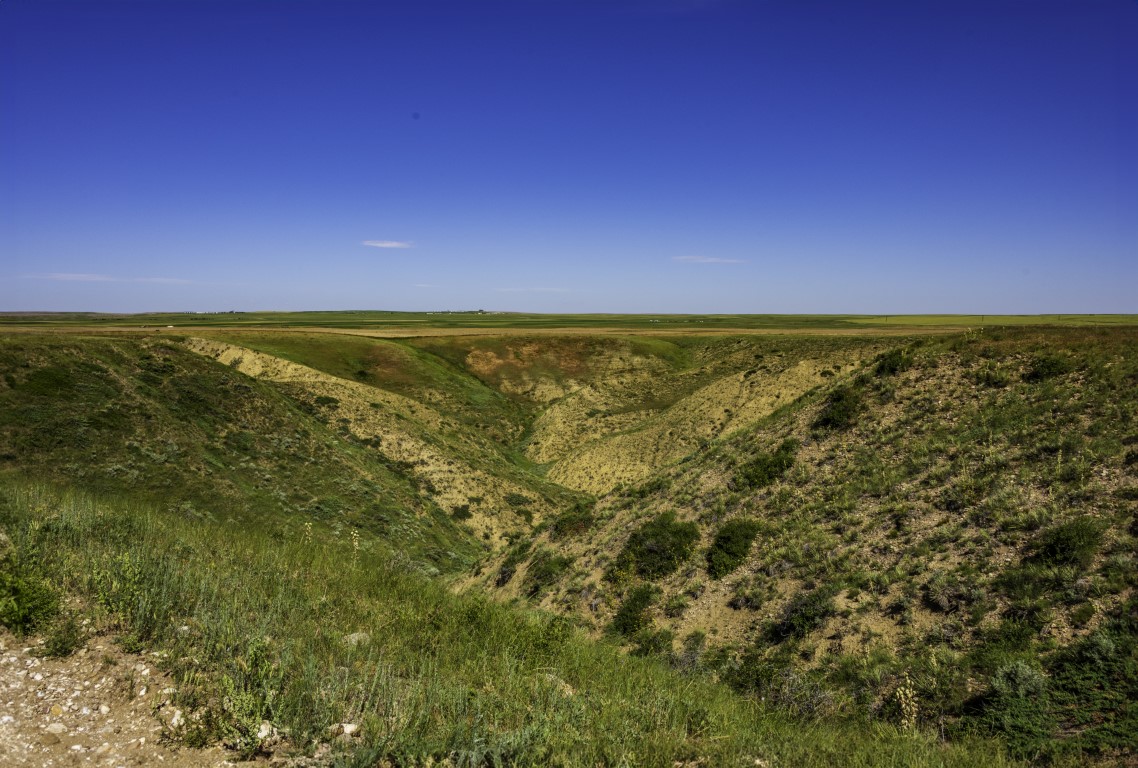
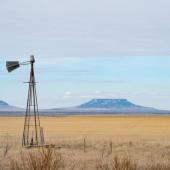



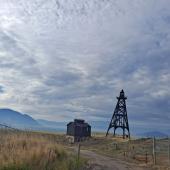



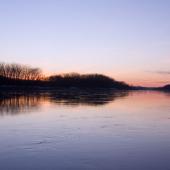
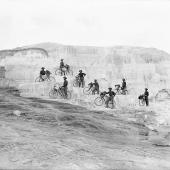

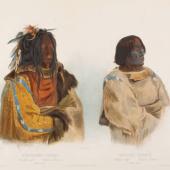
Leave a Comment Here